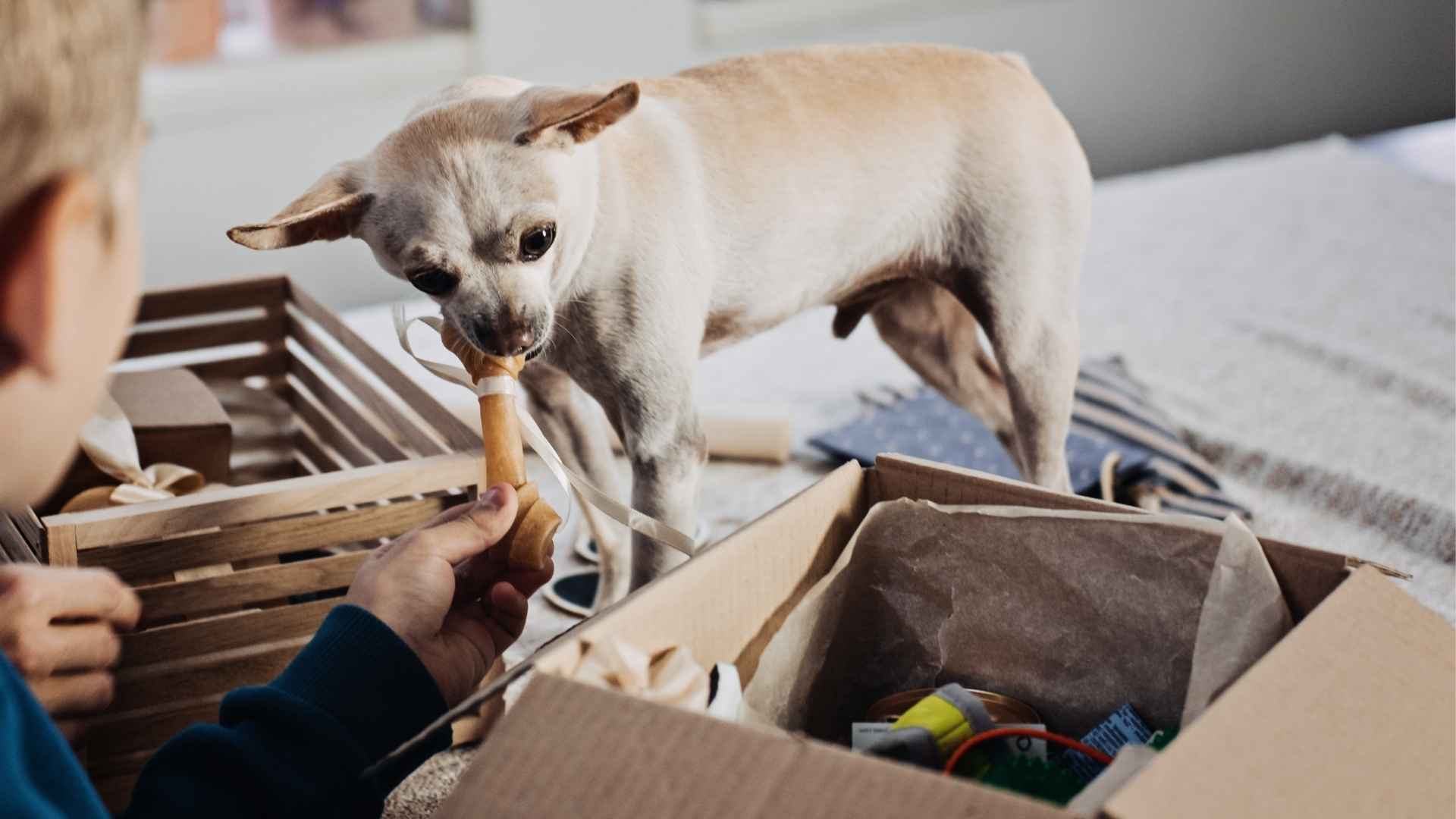Some dog breeds are naturally inclined toward order and tidiness, surprising their owners by collecting and organizing their belongings. Certain dogs show an instinctive tendency to gather objects, carry them with care, and place them where they belong.
This behavior stems from working heritage, high intelligence, and a strong desire to interact with their environment in purposeful ways. Breeds bred for retrieving, herding, or assisting humans often display these habits because they were developed to move items, round up animals, or fetch supplies.
With the right guidance, many of these dogs can even be taught to pick up toys and place them back into boxes, turning playtime into a routine task they enjoy.
This article highlights ten dog breeds known for their intelligence, trainability, and natural inclination to handle objects carefully—dogs that bring structure to play and show how deeply canine behavior connects to centuries of purposeful breeding.
Dog Breeds That Put Their Toys Back Into Boxes
1. Labrador Retriever
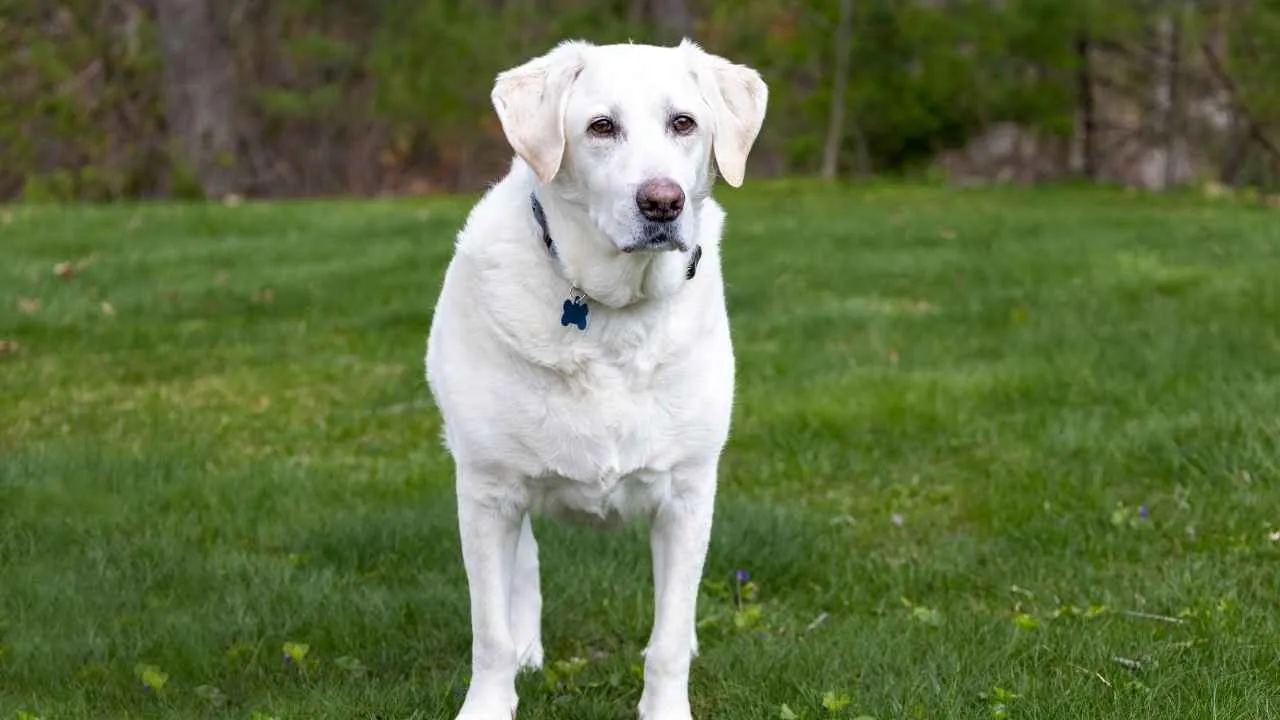
The Labrador Retriever is often at the top of obedience rankings, and that reliability extends into everyday tasks. Known for their eagerness to please, they pick up on commands quickly and enjoy being given purposeful jobs. Their retrieving heritage makes them naturally inclined to carry objects, and with training, many Labs learn to collect their toys and drop them neatly into boxes.
According to the AKC, this breed responds well to positive reinforcement, thriving when rewarded with praise or play. Teaching them to tidy up after themselves becomes an extension of their natural retrieving behavior—they’ll happily repeat the task just for the chance to earn approval.
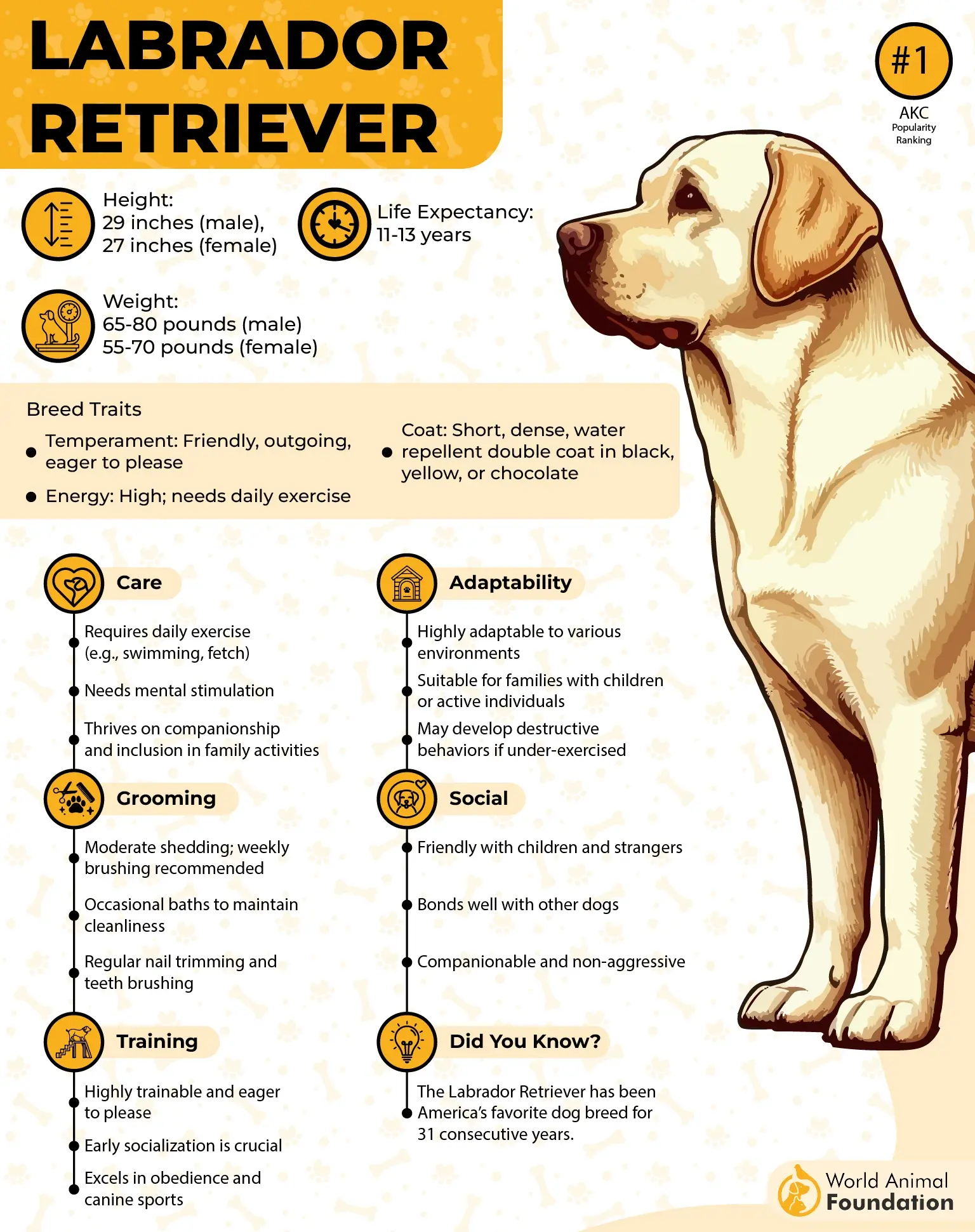
Labs need both mental and physical exercise, which makes this type of structured chore a good fit. Long walks, swimming, and puzzle-based games keep their energy focused and prevent boredom, which can lead to messier habits.
Because they’re highly food-motivated, short training sessions using treats or kibble work well. Owners often notice that once they understand the “clean up” command, they’ll fetch toys without prompting.
Quick Tips
Keep training sessions under 10 minutes to hold attention and prevent frustration.
Use a designated toy box so they quickly learn where everything belongs.
2. Vizsla
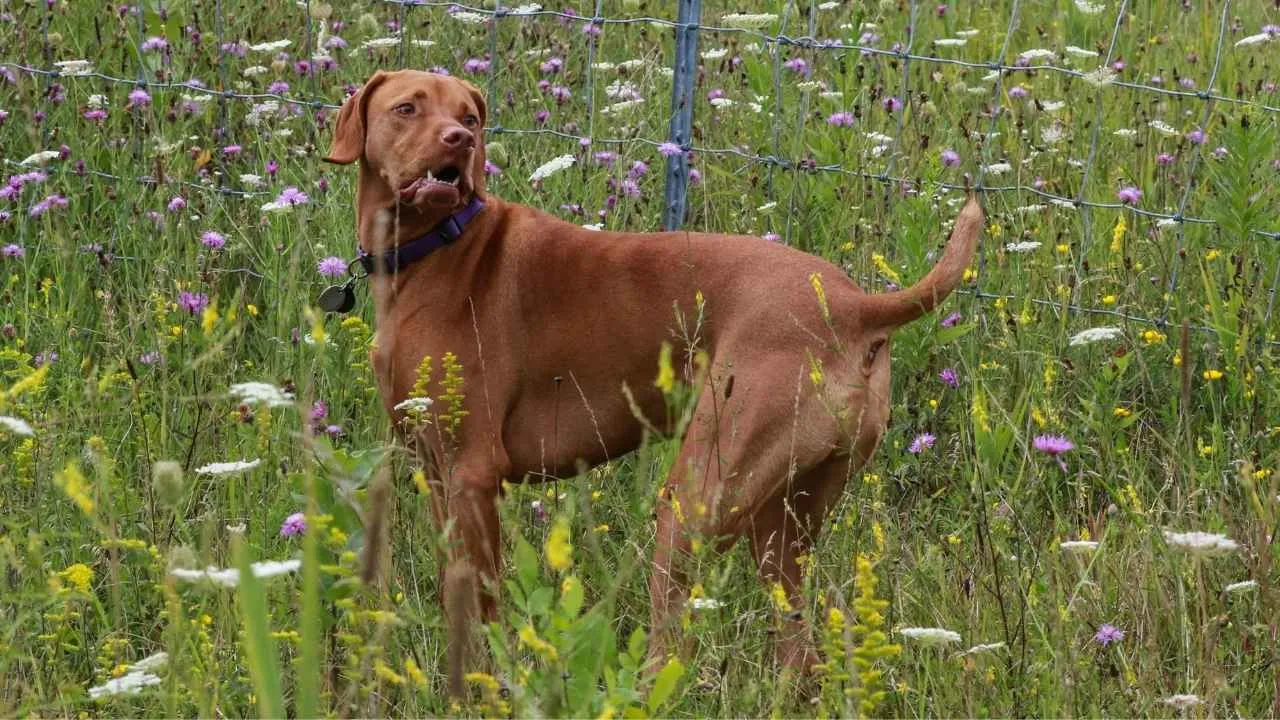
Vizslas are one of the most responsive breeds when it comes to structured commands. Their combination of high intelligence and eagerness to work with people makes them quick learners in both formal obedience training and playful household routines.
These dogs enjoy having something to do, and collecting toys fits that need perfectly. Many Vizslas will bring back items repeatedly during play sessions, which provides a foundation for teaching them to return toys to a box instead of scattering them across the floor.
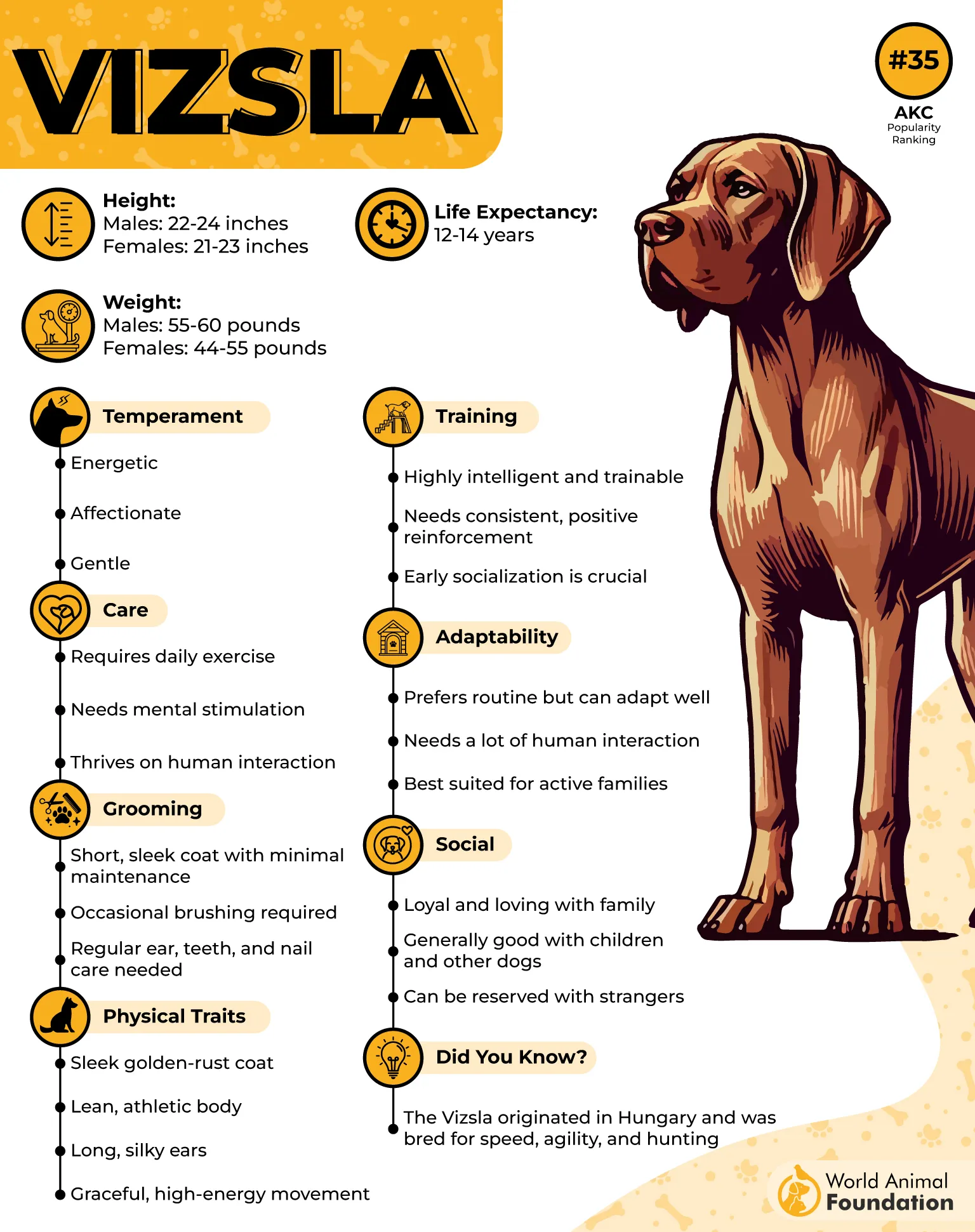
They’re an active breed that thrives on movement and mental challenges. Daily runs, agility training, and scent work keep their sharp minds satisfied, and chores like toy pickup give them an extra “job” to focus on indoors.
Because they’re sensitive to tone, gentle praise and consistent cues work better than harsh corrections. Vizslas often master new skills in just a few short sessions if the task is framed as a game.
Quick Tips
End each session with a game or treat to keep enthusiasm high.
Pair the “clean up” command with pointing to the toy box for faster understanding.
3. English Springer Spaniel
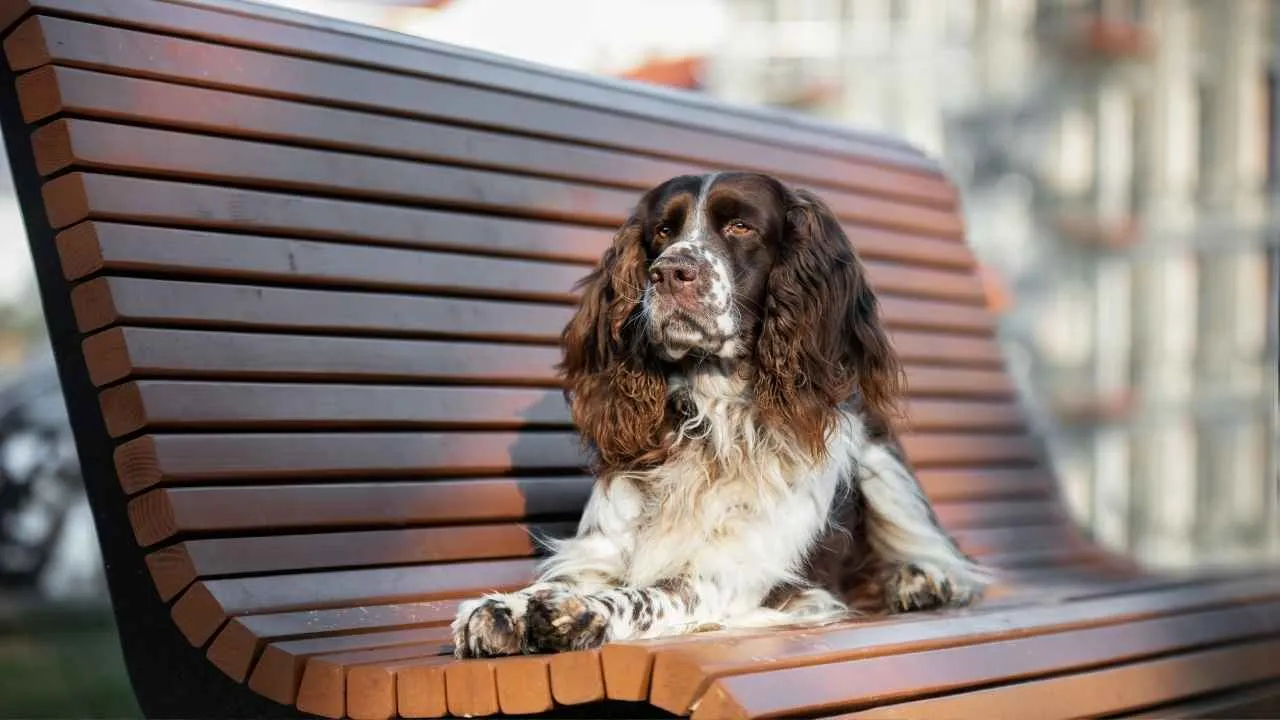
The English Springer Spaniel has a long history as a working companion, which shows in their willingness to follow direction. Originally developed to “spring” game for hunters, they learned to carry birds gently back to hand—skills that translate neatly into household tidying.
Springers are motivated by both play and affection, and they like tasks that combine the two. Teaching them to pick up toys and place them in a box is often easier than teaching less object-focused breeds, because they already understand the concept of retrieve and deliver.
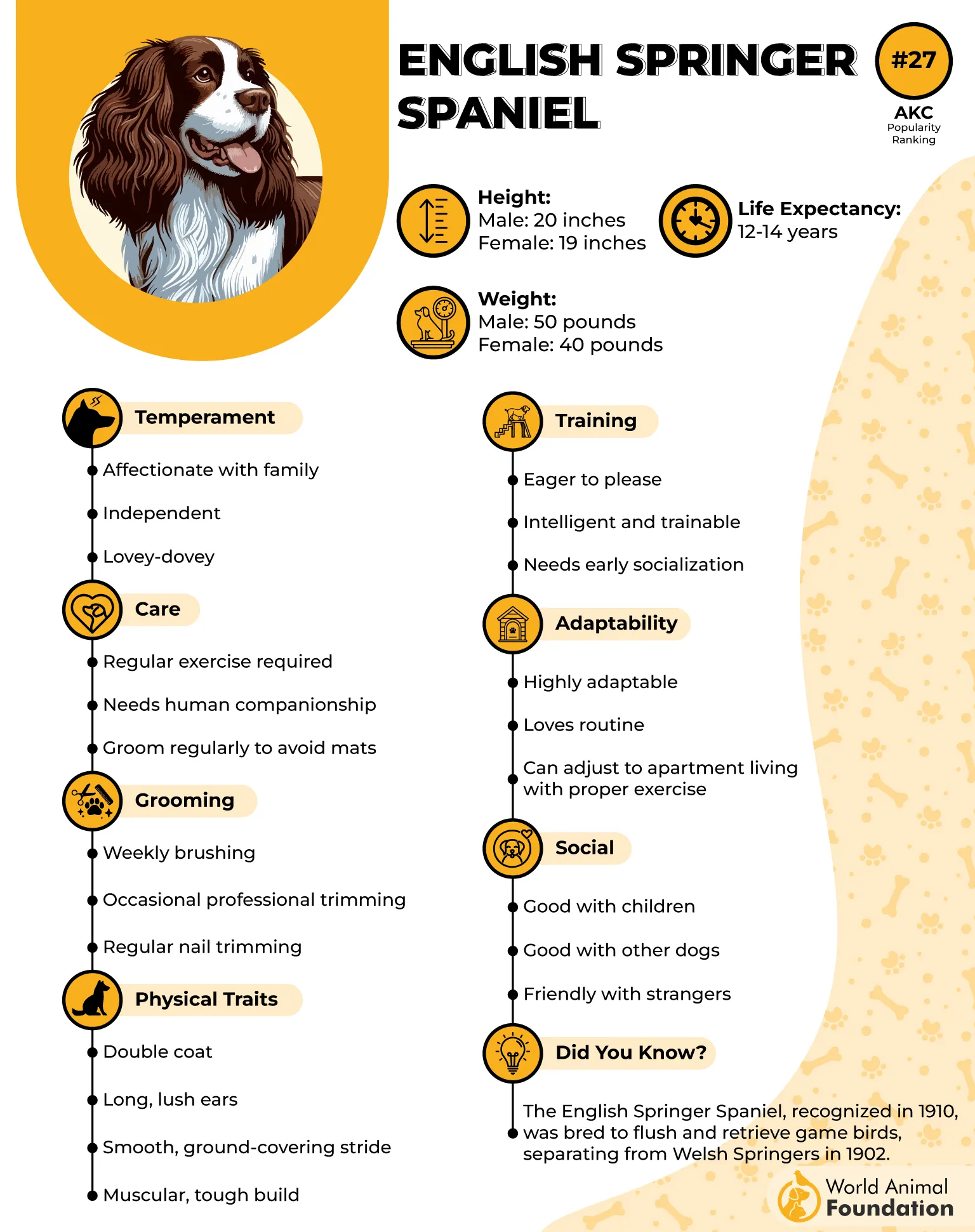
Their energy level is high, which means they need a balance of outdoor activity and mental work. Walks, games of fetch, and interactive training sessions keep them engaged, and tidying toys becomes one more outlet for that drive.
Because they respond quickly to praise, their “clean-up” skills develop fast with the right approach. For many, what begins as a cute trick becomes a regular household habit.
Quick Tips
Use lightweight toys at first to make learning easy and fun.
Practice toy collection after fetch sessions when they’re already carrying items.
4. Poodle
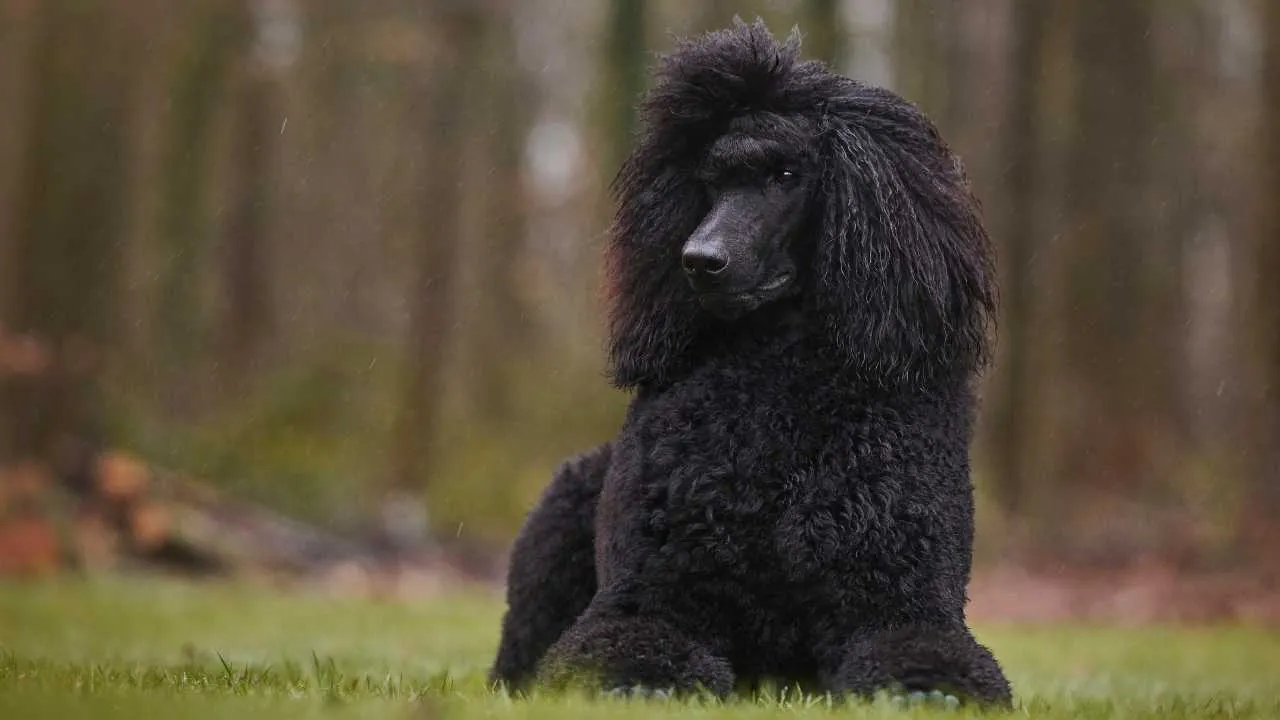
Poodles are among the most trainable breeds in the world, and their eagerness to learn makes them perfect candidates for structured tasks like toy pickup. Originally bred as water retrievers, they already have the instinct to fetch, carry, and deliver items, which translates naturally to tidying up.
They thrive on mental engagement as much as physical activity. Obedience training, agility courses, and even advanced tricks like sorting toys by name can become part of their daily routine. Poodles enjoy a challenge and quickly turn a “clean up” cue into an expected job.
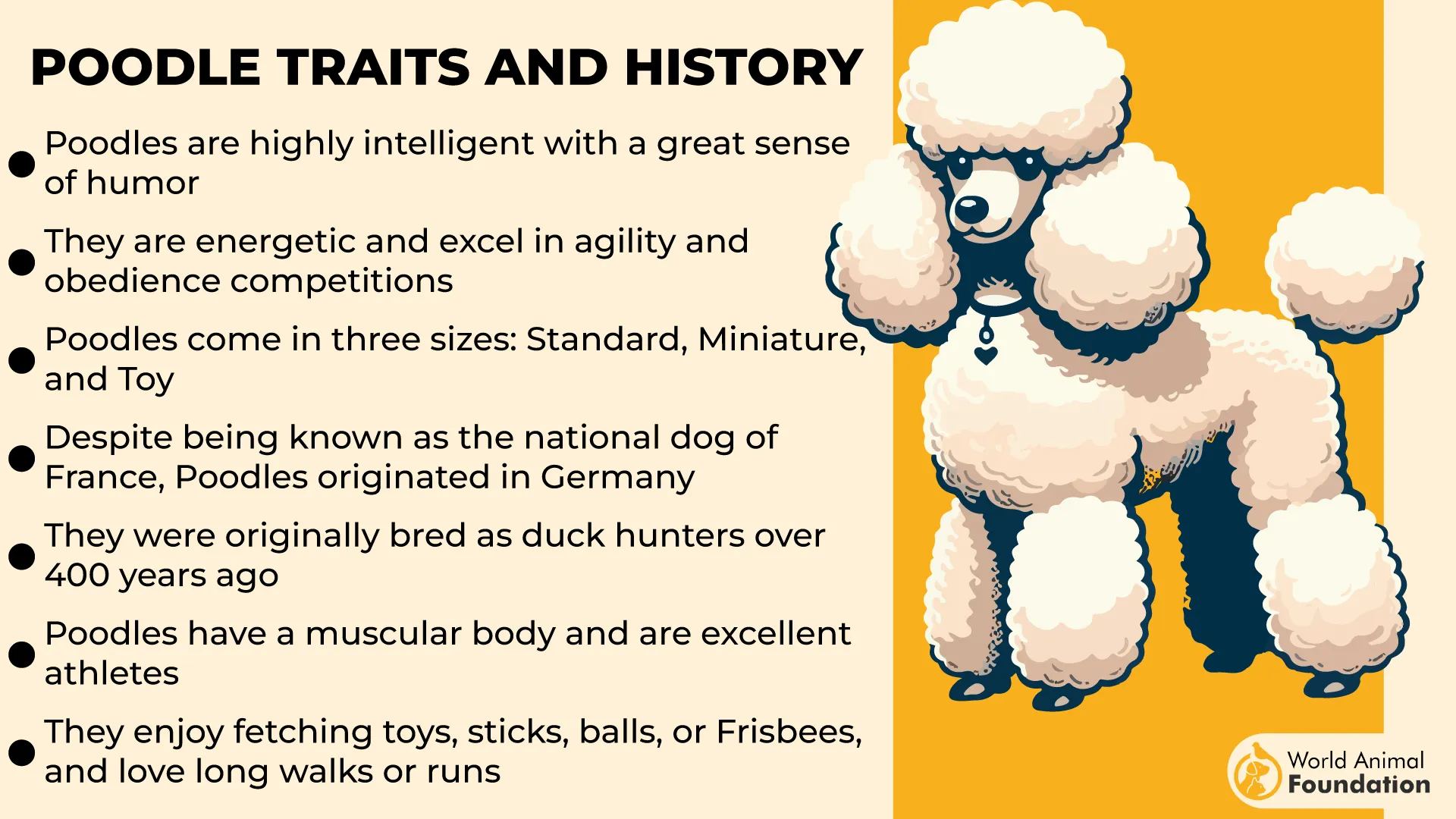
Because they’re highly people‑oriented, they respond immediately to feedback. Praise, toys, or a quick game serve as excellent rewards to reinforce their new skill.
They also need regular outlets for energy—walks, swims, and playtime prevent boredom that can lead to mischief. Picking up toys becomes another way to channel that energy productively.
Owners find that once Poodles understand a task, they repeat it with enthusiasm, often looking for extra toys to add to the pile.
Quick Tips
Use verbal cues alongside hand gestures for faster learning.
Rotate toys often so the “clean up” routine feels fresh and engaging.
5. Manchester Terrier
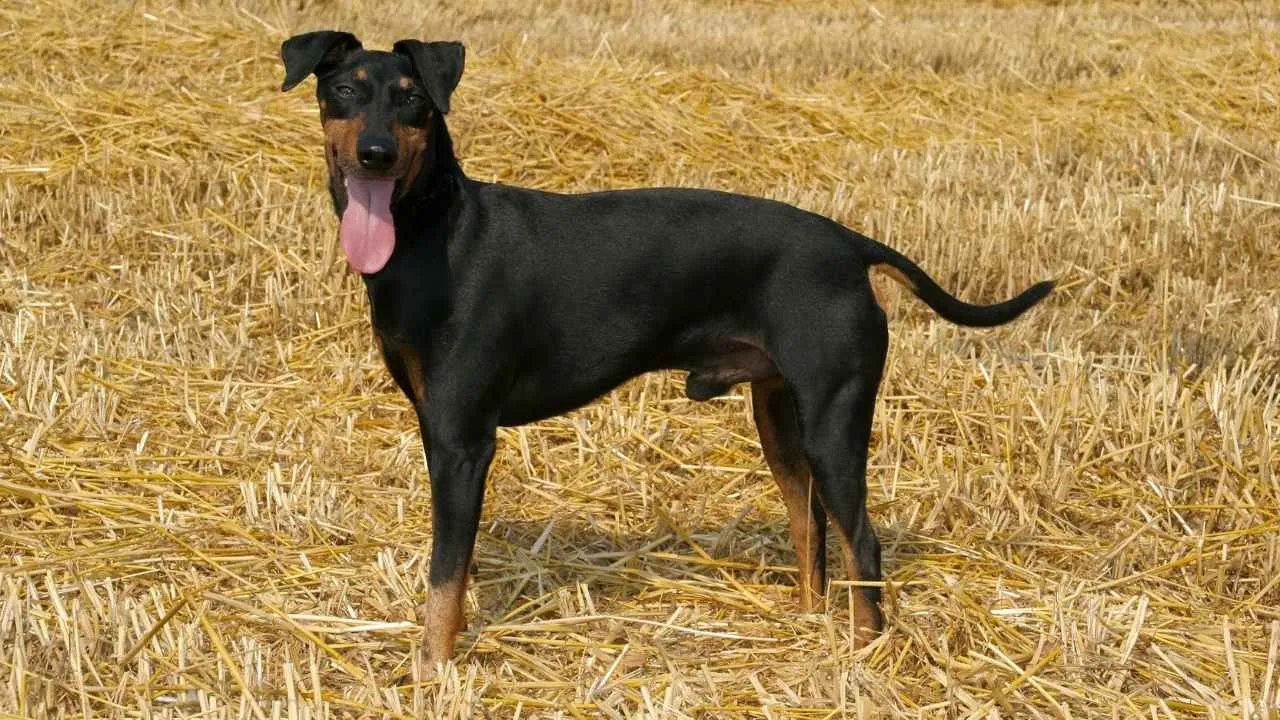
The Manchester Terrier combines alertness and intelligence in a compact frame. Historically used to hunt rats and guard stables, they developed a knack for moving and managing objects—skills that now make toy collection training easy to introduce.
These dogs are quick thinkers with a strong desire to interact with their owners. Structured play that includes carrying items suits them well, and many naturally gather scattered toys when shown where to place them.
Training needs to be upbeat and consistent. Manchester Terriers respond best to short lessons that reward effort, and they quickly lose interest if drills drag on.
While they don’t need marathon runs, daily exercise like brisk walks and fetch games is essential. This activity keeps their minds sharp and reinforces the behaviors they’re learning indoors.
Their tidy nature means they often “self‑start” once they learn what’s expected, and some will pick up toys without waiting for a cue.
Quick Tips
End sessions with a game of tug or a toss of their favorite toy.
Keep the toy box in one location to build a strong, predictable habit.
6. Papillon
As per Hill’s Pet, Papillons are small, bright dogs with oversized ears and oversized enthusiasm for learning. Despite their delicate build, they excel in obedience and agility, which makes them ideal for fun tasks like putting toys away.
Their size means they can only manage lightweight objects, but they’re determined carriers. Teaching them to place toys into a box becomes a game they happily repeat, especially when praised for each successful drop.
Papillons need regular mental stimulation, even if their exercise needs are modest. Trick training, short walks, and interactive games keep their sharp minds occupied.
Because they’re sensitive and eager to please, they respond best to gentle cues and immediate praise. Harsh corrections can discourage them, but clear, consistent guidance produces quick results.
Their playful personality means tidying up can become part of their fun, not just a chore—they often bring toys back to the box just to earn more attention.
Quick Tips
Use very small, lightweight toys to keep training safe and manageable.
Pair the “clean up” cue with excitement to make it feel like a game.
7. Border Collie
The Border Collie is often described as the smartest dog breed, and that intelligence makes them incredibly capable when learning structured tasks. They were bred to herd livestock, which means their natural instinct is to move things where they belong and keep everything in order.
This same drive makes them perfect candidates for chores like picking up toys and putting them away—many see it as a form of indoor herding.
Border Collies learn commands with very few repetitions. Once they understand the idea of “clean up,” they not only perform it but often perfect it, collecting every last toy without hesitation.
These dogs need intense daily exercise and mental work to stay balanced. Long runs, agility courses, or advanced obedience training give them outlets for their energy, and a simple “toy box” routine adds to that structure.
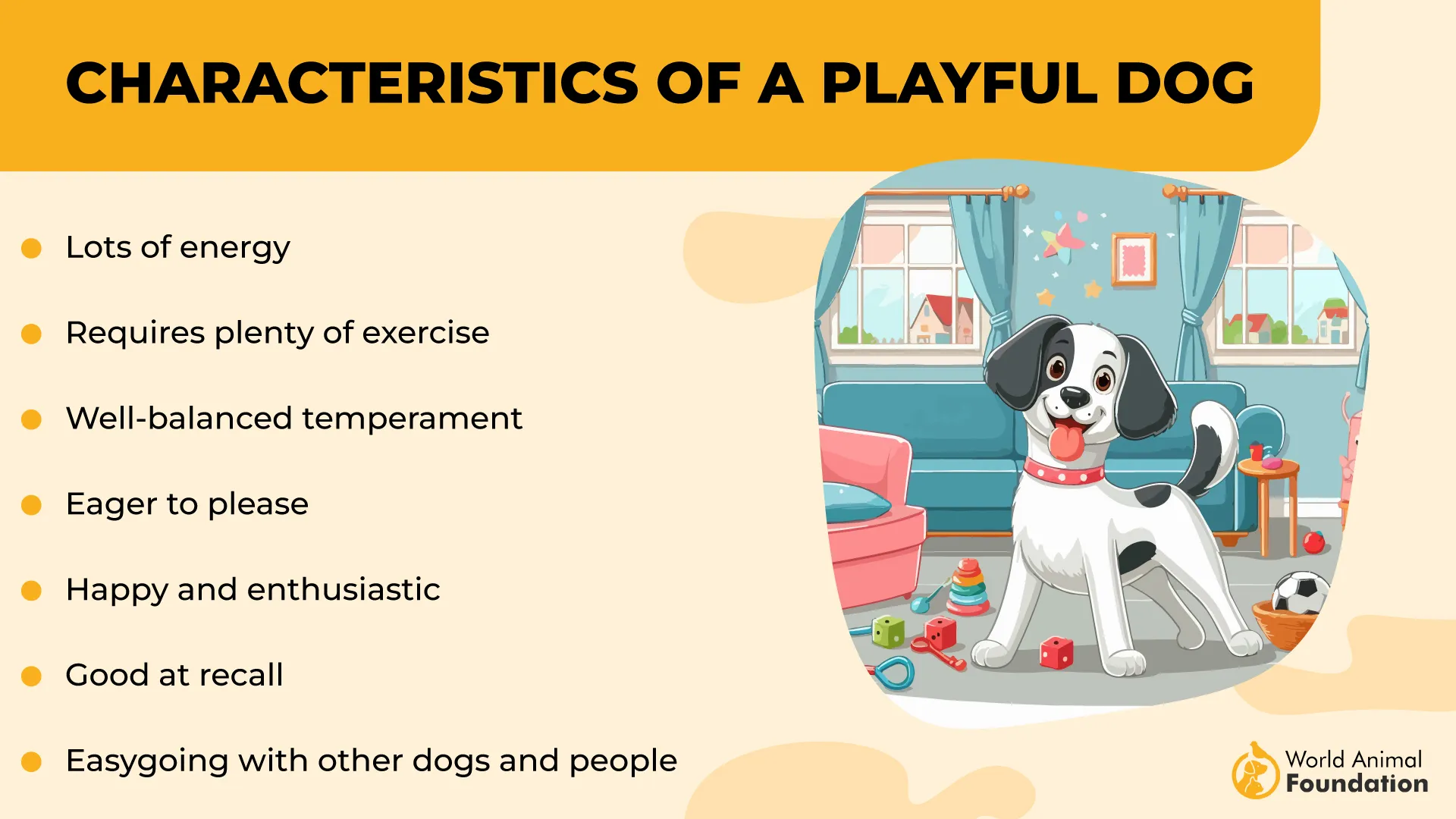
Because they crave purpose, toy cleanup doesn’t feel like a trick—it feels like work, which they love. Without enough structured tasks, they’ll invent their own projects, which can lead to chaos in the home.
Quick Tips
Mix toy cleanup with other skills like “find” and “bring” to challenge them.
Give them praise for every item returned to keep them eager for the next task.
8. German Shepherd
German Shepherds are celebrated for their obedience and versatility, traits that make them valuable in roles from herding to police work. That same trainable nature extends to the home, where they’re quick to learn small, practical skills like putting toys back in their box.
As per PetMD, they respond best to clear, structured training sessions. Once they grasp a command, they perform it consistently, and their loyalty means they’ll keep repeating it as part of a routine.
Exercise is a cornerstone of their well-being. Daily walks, jogs, and mentally stimulating games keep them sharp, while tasks like “clean up” reinforce obedience while burning energy indoors.
These dogs see training as teamwork. When taught to tidy toys, they approach the task with the same seriousness they would a job, which is why many owners find their German Shepherds “on duty” even during playtime.
Quick Tips
Pair spoken cues with a hand signal so they connect the task quickly.
Turn cleanup into a nightly ritual to build it into their daily rhythm.
9. Golden Retriever
Golden Retrievers are known for their gentle mouths and retrieving instinct, bred to carry game for hunters. This heritage makes them ideal for toy pickup; they naturally like carrying items and delivering them to the right place.
They are among the most eager-to-please breeds, which makes training smooth and enjoyable. When asked to pick up toys, they respond with enthusiasm, quickly turning the request into a familiar habit.
Physical and mental activity keeps them balanced. Fetch games, swims, and long walks keep them active, and tidying toys becomes another way to channel their cheerful energy productively.
Because they bond so closely with their families, Golden Retrievers often start picking up toys on their own, anticipating what’s needed before being asked.
Quick Tips
Use their love of fetch to teach toy return—just swap “drop at my feet” for “drop in the box.”
Reward with both treats and praise to reinforce their eagerness.
10. Keeshond
The Keeshond is a cheerful, affectionate breed with a natural knack for picking up on routines. Historically used as watchdogs on barges in the Netherlands, they were valued for attentiveness and responsiveness—traits that make them easy to train for tasks like toy cleanup.
They enjoy lessons that feel like games. Teaching them to gather toys works best when mixed with praise and light play, and once they get it, they’re eager to repeat it.
Keeshonds need daily activity, but they don’t require the intensity of some working breeds. Walks, short play sessions, and mental challenges like puzzle feeders keep them content. Tidying toys adds just enough structure to keep their sharp minds engaged indoors.
Because they are so people-focused, they often carry out tasks just to earn a smile or word of approval. Once they learn to return toys, they tend to stick with the habit—sometimes even surprising owners by picking up toys without a cue.
Quick Tips
Practice cleanup after playtime to help them associate the command with winding down.
Keep the toy box low and easy to reach so the task stays effortless for them.
Conclusion
Dog toys play a bigger role in a dog’s life than many owners realize. For centuries, hunting dogs and herding breeds were bred to catch, carry, and protect items, and that instinct still shows up in modern pets, whether they’re picking up a tennis ball, guarding a favorite plush toy, or proudly parading around with a squeaky toy in their mouth. Many dogs chew, hide, or even hoard items because it gives them a sense of security, and puppies often explore this behavior early as part of learning about the world.
A dog behaviorist might point out that most dogs will destroy toys at some point, but that doesn’t mean they can’t learn to tidy them up. Teaching a pup to sit, pick up a ball, and drop it into a box turns natural prey and retrieve instincts into a game. For dogs that become obsessed with certain toys or show resource guarding, owners should stay present and redirect excitement with structure rather than conflict.
Using a range of toys—rubber chews, squeakers, soft plush- keeps lessons interesting, while regular guidance from a veterinarian can rule out concerns if a dog swallows pieces or becomes overly protective. With time and patience, many dogs can learn to “clean up,” turning a moment of training into years of helpful, playful cooperation.


